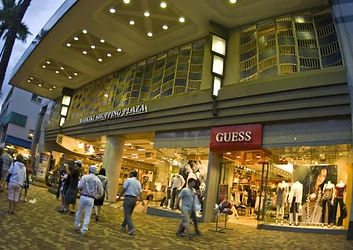THE GENERAL EXCISE TAX
When a local economy is based upon cash crops such as sugar cane or pineapple, and those resources are being shipped thousands of miles away, but within domestic borders, how do you generate a viable tax base?
In 1931, the Hawaiian Territorial Government levied the General Excise Tax (GET) as a way to tax these exported goods to pay for the ever-expanding services required in Honolulu. However, now with the plantations and canning factories all but closed on Oahu, the economy is now based upon a combination of tourism and government investment (healthcare, military, education). These two economic powerhouses (especially tourism), are ripe for the installation of a state sales tax. The GET however, is being used, and is designed more to tax the business owners than it is to tax the customers. Where this encourages activities like shopping on Waikiki’s new shopping mall strip esthetic.
In an attempt to adapt and modernize usage of the tax wholesale transactions became subject to a 0.5 percent tax and insurance companies became subject to a 0.15 percent tax.
The major effect that this tax policy has had as Hawaii transitioned from a colonized territory to a state, is that the GET now represents half of the state's revenue (over 2 billion). The state does not have the resources to change the system on its own in the time required.

